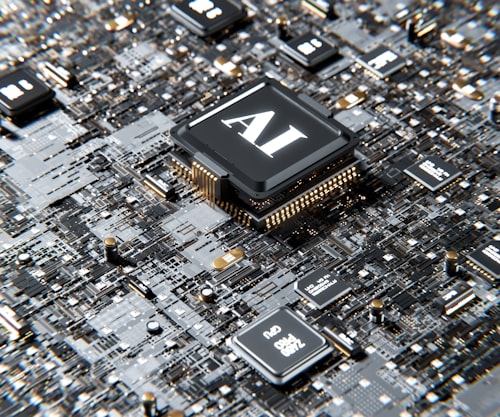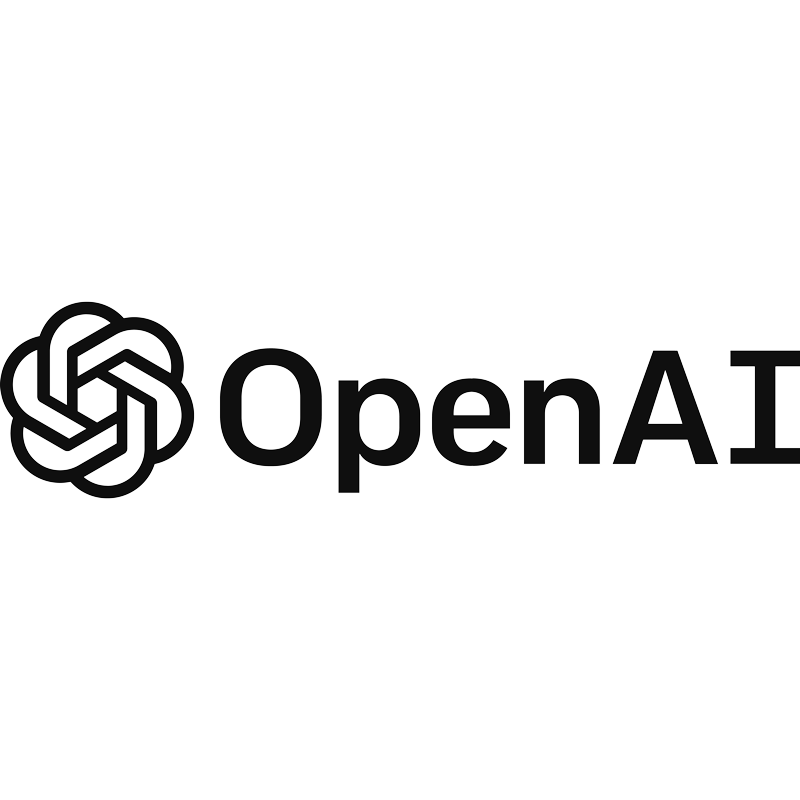

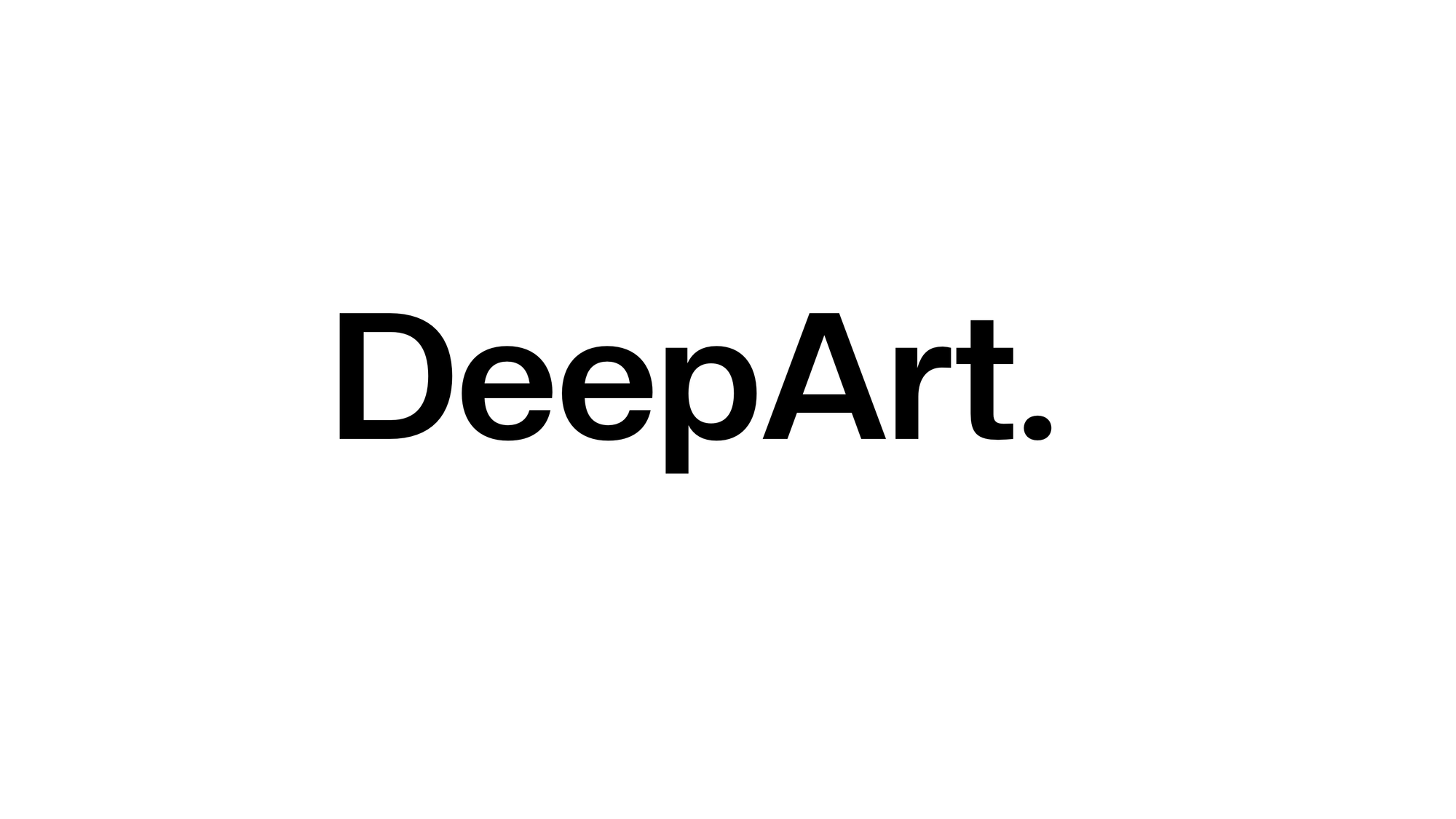




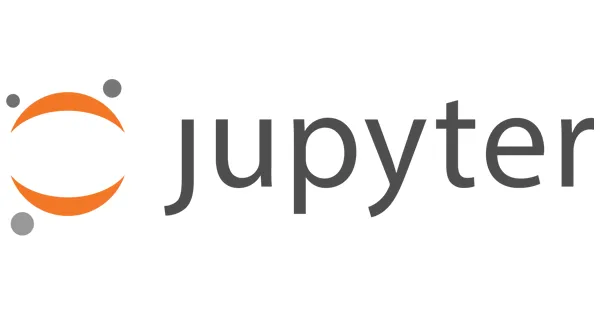
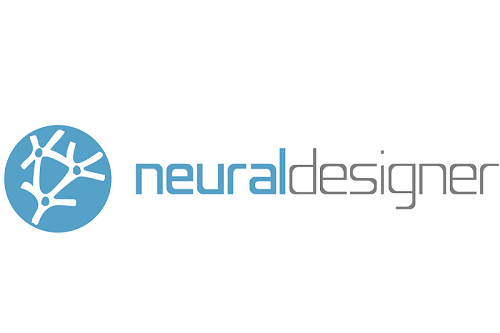
In 2023, the realm of artificial intelligence (AI) is revolutionizing the way we interact with technology and conduct business, bringing significant changes to various aspects of our lives. From enhancing customer service experiences through intelligent interactions to enabling complex data analysis with unprecedented accuracy, AI is at the forefront of this technological evolution. In this exploration, we delve into ten groundbreaking AI tools that stand out in their respective fields, each playing a pivotal role in reshaping and innovating different industry sectors. These tools are not just about automation; they represent the cutting edge of AI's potential to transform, innovate, and redefine the future of technology and business as we know it.
OpenAI's GPT-4 represents a monumental leap in the field of natural language processing, standing at the forefront of technology that can create and interpret text with an astonishing degree of human-like nuance and understanding. This advanced AI tool is particularly well-suited for professionals involved in content creation, research, and customer service, where the ability to generate and interpret language accurately and contextually is paramount. GPT-4's capabilities extend beyond mere text generation; it excels in producing content that is not only contextually relevant but also dynamic and adaptable to various scenarios and needs. This makes it an invaluable asset for crafting compelling narratives, conducting in-depth research analyses, and enhancing customer interaction with intelligent, responsive communication. Its sophisticated algorithm allows it to understand and respond to nuances in language, making it a powerful tool for anyone looking to elevate the quality and relevance of their textual content in a highly digitalized world.
TensorFlow has firmly established itself as the framework of choice for data scientists and developers around the globe, primarily due to its exceptional flexibility and capacity for crafting bespoke machine learning models. This open-source library, developed by the Google Brain team, is designed to accommodate the varying needs of both beginners and experts in the field of machine learning and artificial intelligence. Its versatility is evident in its ability to support a wide range of tasks from simple regressions to complex neural networks, making it an invaluable tool for a diverse array of applications.
What sets TensorFlow apart is its adaptability to different computing environments, whether it's a personal laptop or a powerful cloud-based server, ensuring that businesses of all sizes can harness its potential. Its scalability is particularly beneficial for growing businesses, as TensorFlow can handle an increasing volume of data and more complex models without a significant drop in performance. This adaptability extends to various sectors, from healthcare and finance to retail and entertainment, proving its utility in both analytical and predictive capacities. TensorFlow's robustness, backed by a strong community and continuous updates, ensures that it remains at the cutting edge of machine learning technology, providing businesses with a reliable, future-proof tool for their data-driven initiatives.
IBM Watson represents a formidable force in the world of artificial intelligence, distinguishing itself as a highly adaptable, cloud-based platform. Its capabilities span a remarkable spectrum, from developing sophisticated chatbots that enhance customer interaction to performing in-depth data analysis that can unearth invaluable business insights. This range of applications makes Watson an indispensable tool for various sectors including healthcare, finance, retail, and more.
What truly makes IBM Watson stand out is its user-friendly interface. This aspect of Watson makes it accessible not only to AI specialists but also to professionals with limited technical expertise, such as business analysts and customer service managers. They can leverage Watson’s advanced AI features, like natural language processing and machine learning, to gain deeper insights into customer behavior, improve decision-making processes, and enhance overall operational efficiency.
Furthermore, Watson's cloud-based nature offers flexibility and scalability, allowing businesses to integrate AI capabilities into their existing infrastructure without the need for significant upfront investments in hardware. This adaptability ensures that organizations, regardless of their size or industry, can benefit from AI technology to improve various aspects of their operations, from customer service and marketing to supply chain management and risk assessment. In essence, IBM Watson stands as a testament to the democratization of AI, offering powerful, yet manageable AI solutions that can drive innovation and growth across numerous industries.
Neural Designer stands out in the landscape of data analysis tools by offering a streamlined and user-friendly approach to harnessing the power of neural networks. This innovative tool breaks down the complexity traditionally associated with neural network analysis, making it a go-to resource for data analysts and marketers who require quick and clear insights from their data.
With its intuitive interface and robust analytical capabilities, Neural Designer enables professionals to delve into complex data sets with ease. It facilitates the extraction of meaningful patterns and relationships, transforming raw data into actionable insights. This is particularly beneficial for marketers and data analysts who need to make informed decisions rapidly in response to evolving market trends and customer behaviors.
One of the key strengths of Neural Designer is its ability to handle large volumes of data efficiently. Whether dealing with customer demographics, sales figures, web traffic, or social media metrics, Neural Designer processes and analyzes data at impressive speeds. This efficiency is crucial in today’s fast-paced business environment, where the ability to quickly interpret data can be a decisive factor in staying ahead of the competition.
For marketers, Neural Designer offers the opportunity to gain a deeper understanding of customer preferences and behaviors. By analyzing market trends and consumer data, marketers can tailor their strategies and campaigns more effectively, leading to improved customer engagement and increased ROI. Similarly, data analysts can leverage Neural Designer to uncover trends, predict outcomes, and provide strategic recommendations based on solid data-driven insights.
Overall, Neural Designer’s blend of simplicity, speed, and power makes it an invaluable asset for professionals across various industries. By democratizing access to advanced neural network analysis, it empowers users to make more informed and strategic decisions, ultimately driving business growth and success.
H20.ai marks a significant milestone in the democratization of machine learning (ML). This open-source platform simplifies the intricacies of ML, making the technology accessible and manageable for a broader range of users. It streamlines the entire lifecycle of ML model development, from training to deployment, thereby reducing the technical barriers that traditionally impeded the adoption of machine learning in various industries.
One of the most compelling aspects of H20.ai is its user-friendly interface and automated machine learning capabilities. These features enable business analysts, who may not have extensive coding skills or deep technical knowledge in machine learning, to develop, train, and deploy sophisticated models. This democratization of ML technology opens up new possibilities for data-driven decision-making across different sectors, including finance, healthcare, marketing, and more.
For budding data scientists and enthusiasts, H20.ai serves as an invaluable learning and development tool. It offers a hands-on platform to experiment with machine learning models and understand their practical applications. The open-source nature of H20.ai also fosters a collaborative environment where users can contribute to and benefit from the collective knowledge of a global community.
Moreover, H20.ai’s versatility in handling various types of data and its compatibility with multiple programming languages make it a versatile tool that can be tailored to meet specific business needs. Whether for predictive analytics, customer segmentation, risk assessment, or any other data-driven task, H20.ai equips organizations with the power to harness machine learning for enhancing their operational efficiency, strategic planning, and overall competitiveness in the market.
Chatbot Builder Platforms, exemplified by tools like ManyChat, are reshaping the landscape of digital communication by making the creation of AI-driven chatbots both accessible and straightforward. These platforms have gained significant traction among digital marketers and customer support teams, largely due to their seamless integration capabilities with various social media platforms.
In today's digital-first world, where customer engagement and real-time interaction are paramount, these chatbot platforms offer an invaluable solution. They enable businesses of all sizes to build and deploy interactive chatbots without the need for extensive coding knowledge. This democratization of technology allows even small-scale marketers to craft personalized and automated conversations with their audience, enhancing customer experience and engagement.
For digital marketers, these chatbot platforms open up a world of possibilities for engaging customers. They can be used to automate responses to frequently asked questions, guide customers through the buying process, provide personalized product recommendations, or even run marketing campaigns directly through chat interfaces. The integration with social media platforms amplifies their effectiveness, allowing businesses to reach and interact with customers where they spend a significant portion of their time online.
Customer support teams also benefit greatly from these AI chatbots. By automating initial customer interactions and handling routine inquiries, chatbots can significantly reduce response times and improve overall customer service efficiency. This not only enhances customer satisfaction but also allows support teams to focus on more complex queries that require human intervention, thereby improving overall operational efficiency.
Furthermore, the data collected through these AI chatbots provides valuable insights into customer preferences and behavior. This data can be leveraged to improve product offerings, customize marketing strategies, and refine customer service tactics, contributing to a more tailored and effective customer engagement strategy.
In summary, Chatbot Builder Platforms like ManyChat are revolutionizing digital communication by empowering businesses with the tools to create effective, AI-powered chatbots. Their ease of use, combined with the ability to integrate seamlessly with social media platforms, makes them an essential tool for digital marketers and customer support teams aiming to engage customers effectively in the digital space.
DeepArt represents a fascinating intersection of artificial intelligence and artistic creativity. Utilizing advanced neural network algorithms, DeepArt transforms ordinary images into captivating digital art pieces, mimicking various artistic styles and techniques. This innovative tool has rapidly become a favorite among digital artists and content creators, offering a unique blend of technology and creativity to produce stunning visual effects.
DeepArt stands out for its ability to take a standard photograph and reimagine it in the style of famous artists or particular art movements. By analyzing the patterns and techniques of a chosen style, the AI algorithm applies these characteristics to the input image, creating a new artwork that resonates with the aesthetics of the original style. This process, known as style transfer, is at the core of DeepArt's functionality.
For digital artists, DeepArt opens up new avenues for experimentation and expression. It allows them to explore different artistic styles without the need for extensive training in each style. Artists can upload their images and select from a range of styles, from classical to contemporary, to see their work transformed in unexpected and inspiring ways. This can serve as a springboard for new ideas or as a tool to enhance existing projects.
Content creators also find DeepArt invaluable for generating visually appealing content that stands out on digital platforms. Whether for social media posts, digital marketing campaigns, or online portfolios, the ability to quickly transform images into art pieces adds a unique and engaging element to their content. The fine-tuning features of DeepArt enable precise control over the final output, ensuring that the artistic transformation aligns with the creator's vision and the intended message of the content.
Moreover, DeepArt's AI-driven process is not just about applying filters; it's about creating art that is both innovative and deeply rooted in artistic tradition. This combination of cutting-edge technology and artistic heritage makes DeepArt a groundbreaking tool in the realm of digital art creation.
In conclusion, DeepArt is revolutionizing the way we think about art and technology. By enabling the fusion of traditional art styles with contemporary images through neural networks, it offers digital artists and content creators a powerful tool to expand their creative horizons and produce unique, eye-catching works of art.
Jupyter Notebook stands as an indispensable tool in the world of data science and research, offering a dynamic and interactive environment for coding, data visualization, and analysis. Its versatility and user-friendly interface make it an essential resource for data enthusiasts, researchers, and scientists across various fields.
At the heart of Jupyter Notebook's appeal is its ability to support live coding. This feature allows users to write and execute code in real-time, making it easier to test, debug, and refine scripts efficiently. Whether it's Python, R, Julia, or any other of the multiple programming languages supported, Jupyter Notebook provides a seamless experience for writing and running code. This flexibility is particularly valuable in data science, where different projects may require different tools and languages.
Jupyter Notebook also excels in data visualization capabilities. It enables users to integrate charts, graphs, and other visual aids directly into their notebooks, making data more accessible and understandable. These visualizations are not just static images; they can be interactive and dynamic, allowing for a deeper exploration of data patterns and trends. This feature is crucial for data scientists who need to present complex data in a clear and compelling way, whether to stakeholders or during collaborative projects.
Another significant advantage of Jupyter Notebook is its support for collaborative work. Teams can share notebooks, making it easier to collaborate on data analysis projects. The ability to include explanatory text, equations, and images alongside code makes Jupyter Notebooks particularly well-suited for educational purposes and collaborative research. It facilitates clear communication of ideas and findings, making it a valuable tool for academic research and industry projects alike.
Jupyter Notebook's integration with various data science libraries and frameworks further enhances its utility. It can interface with popular data analysis tools like Pandas, NumPy, and Matplotlib, allowing for a more comprehensive and streamlined workflow. This integration streamlines the process of data manipulation, analysis, and visualization, all within a single platform.
In summary, Jupyter Notebook is more than just a coding tool; it's a comprehensive platform that supports the entire workflow of data science and research. Its ability to combine live coding, data visualization, and collaborative features in a user-friendly environment makes it an essential tool for anyone working in data-intensive fields. Whether for academic research, data journalism, or commercial data analysis, Jupyter Notebook is a key player in turning raw data into meaningful insights.
Fast.ai stands out as a beacon in the world of deep learning, particularly for its approachability and ease of use. Designed with the intent to make deep learning more accessible, Fast.ai operates on top of PyTorch, one of the leading deep learning frameworks. This platform is especially beneficial for educators and beginners in artificial intelligence (AI) who are looking to grasp complex AI concepts without being overwhelmed.
The core appeal of Fast.ai lies in its user-friendly interface and simplified workflow. It breaks down deep learning processes into more manageable components, making it easier for newcomers to start building and training AI models. Unlike other platforms that may require extensive coding knowledge and experience in machine learning, Fast.ai provides a more guided and intuitive approach. This accessibility is crucial in democratizing AI education and encouraging a broader range of individuals to explore and contribute to the field.
For educators, Fast.ai is a valuable tool to introduce students to deep learning. Its straightforward design allows for a focus on fundamental concepts without the added complexity of intricate coding. This approach helps students to build a solid foundation in AI and deep learning, fostering a deeper understanding of how these technologies work and their potential applications.
Fast.ai is not just about simplification; it also ensures that users have access to robust and powerful features. Based on PyTorch, it inherits the framework's flexibility and efficiency, enabling users to work on serious and complex deep learning projects. This balance between simplicity and power makes Fast.ai a unique platform in the AI landscape.
Additionally, Fast.ai is known for its strong community and extensive resources. The platform offers comprehensive tutorials, forums, and documentation, making it easier for users to learn and troubleshoot as they go. These resources are particularly beneficial for self-learners and those who may not have access to formal AI education.
In essence, Fast.ai is more than just a tool; it's a gateway to the world of AI and deep learning. By lowering the barriers to entry and providing a supportive learning environment, it empowers a wider audience to engage with and contribute to the advancement of AI technologies. Whether for educational purposes, personal exploration, or professional development, Fast.ai is paving the way for a more inclusive and diverse AI community.
Clarifai has established itself as a leader in the realm of computer vision technology, setting the standard for advanced image and video analysis. This AI tool excels in its ability to accurately identify and interpret patterns, objects, and scenes within digital visual media. Its sophisticated algorithms and neural network-based models are particularly adept at dissecting and understanding the intricate details in images and videos, making it a highly sought-after tool in various industries.
In the e-commerce sector, Clarifai plays a crucial role. It enables businesses to automate and enhance their product tagging and categorization processes. This capability not only streamlines the inventory management but also significantly improves the customer experience. For instance, by utilizing Clarifai's technology, e-commerce platforms can offer more accurate and relevant product recommendations to their customers, based on visual search technologies. This enhances the shopping experience, leading to higher customer satisfaction and increased sales.
Security is another domain where Clarifai's prowess in computer vision is invaluable. It offers specialized models that can be integrated into surveillance and monitoring systems to recognize faces, detect unusual activities, or identify specific objects. This application is crucial for maintaining safety and security in public spaces, airports, retail stores, and other sensitive areas. With its real-time processing capabilities, Clarifai can alert security personnel to potential threats or breaches, thereby bolstering overall security measures.
Furthermore, Clarifai's models are designed to be highly adaptable and customizable. This flexibility allows for the tool to be tailored to the specific needs and requirements of different projects and industries. Whether it's for identifying specific fashion trends in e-commerce or recognizing license plates in traffic management systems, Clarifai can be fine-tuned to deliver precise and accurate results.
The tool's user-friendly interface and easy integration also make it accessible to a wide range of users, from developers and data scientists to marketing professionals and security experts.
In 2023, the landscape of artificial intelligence (AI) is flourishing with an array of tools that are transforming industries across the board. These top 10 AI tools have become indispensable assets for a wide range of professionals. Whether it's content creators seeking to produce more engaging material, researchers delving into complex data analysis, or businesses aiming to enhance customer experiences, these tools provide the technological means to push boundaries and innovate in their respective fields.
The capabilities of these AI tools extend far beyond basic automation and data processing. They are instrumental in crafting narratives that resonate with audiences, uncovering insights hidden in vast data sets, and optimizing operations in ways previously unattainable. For instance, tools like OpenAI's GPT-4 revolutionize content creation with their ability to understand context and generate human-like text, while TensorFlow’s machine learning framework empowers developers to build and implement bespoke models tailored to specific business needs.
As we look towards the future, the potential applications of AI seem almost limitless. With the continuous advancement of AI technology, we are beginning to see its application in exploring the mysteries of the ocean depths, understanding the intricacies of human emotions, and even venturing into areas that were once considered the exclusive domain of human creativity and intuition.
This journey into the future of AI, however, is not just about harnessing its technological prowess. It is equally about navigating the ethical landscapes that these advancements present. As we integrate AI more deeply into our lives and industries, it becomes imperative to consider the ethical implications of these technologies. The goal is to ensure that AI advances contribute positively to human experiences, augmenting our capabilities without overshadowing the human element.
The responsibility lies in developing AI in a manner that respects privacy, promotes fairness, and avoids biases, ensuring that its benefits are distributed equitably across society. This approach will help in creating a future where AI acts as a force for good, enhancing human potential, and addressing some of the most pressing challenges facing our world.
In summary, the AI tools of 2023 are not just technological marvels; they are the building blocks of a future where AI and humanity coexist in a synergistic and mutually beneficial relationship. By embracing these tools with a mindful approach towards their ethical implications, we can steer the course towards a future where AI not only revolutionizes industries but also enriches the human experience in profound and meaningful ways.



